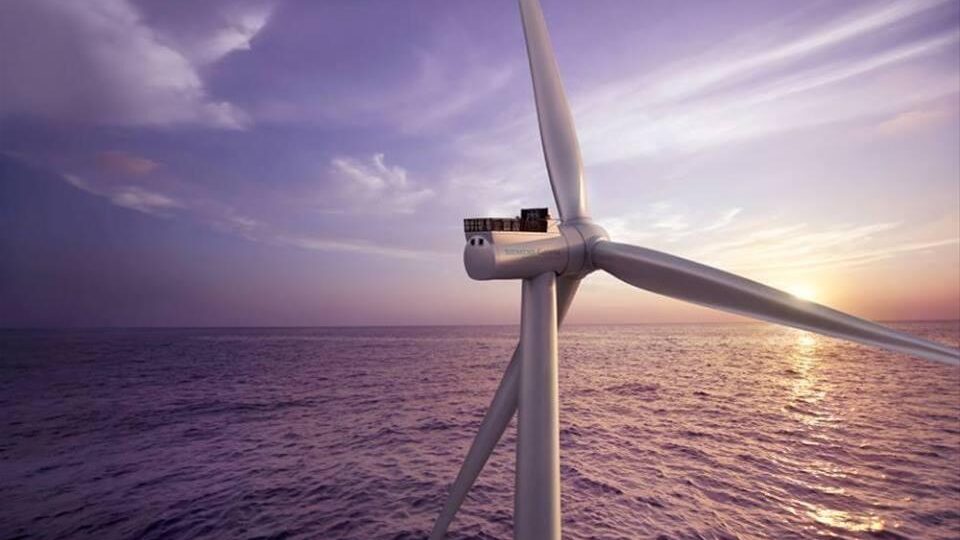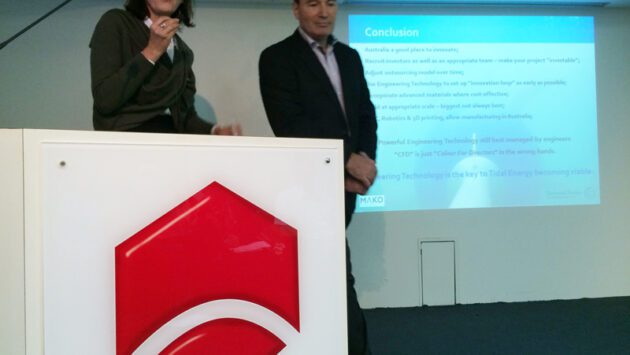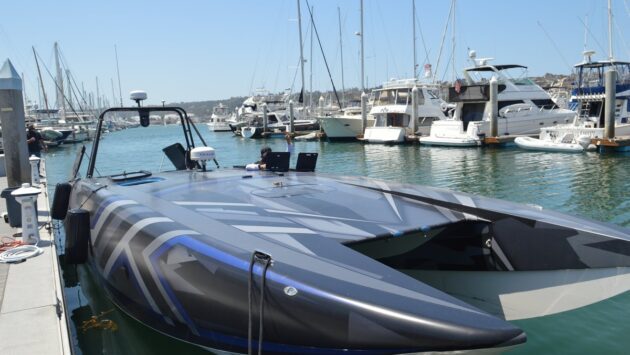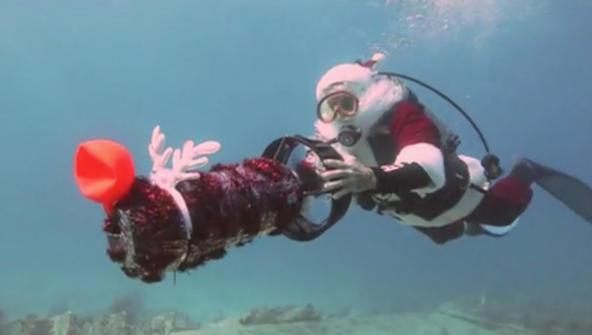Offshore Wind Farms Choose Cougar
Saab Seaeye Cougar XT compact robotic vehicle for challenging environmental conditions
Especially suited for the offshore wind energy market, the Saab Seaeye Cougar XT Compact robotic vehicle has been chosen for Taiwan’s huge offshore wind farm developments.
Created for challenging environmental conditions inherent in shallow water operations the Seaeye low-profile 300m rated Cougar XT Compact is specially designed to minimise the effect of current, with a reduced frame size, buoyancy, and weight — and a thinner 17mm tether cable that reduces the effect of drag.
Its six powerful thrusters hold the Cougar steady in strong cross currents and allow it to operate with precise manoeuvrability around structures whilst handling a wide array of equipment that can include cameras, sonar, tracking systems and manipulators.
The Cougar XT Compact will be equipped with a Kongsberg colour zoom camera, BlueView multibeam sonar, Tritec SeaKing side scan sonar, Cygnus ultrasonic thickness gauge, CP contact probe and a four-function manipulator. It also comes as a free-swimming option and has its own 16 ft control cabin.
2233GW of Offshore Wind for Australia
Researchers from the Blue Economy Cooperative Research Centre say in a major report that as much as 2233GW of offshore wind energy could feasibly be installed in Australia, many times the power required in the grid.
This could all be achieved within 100km of current substations and excluding environmentally restricted and low wind areas.
Globally, the cost of offshore wind is falling rapidly; high-capacity factor wind can diversify clean energy generation; and it can connect into the network and displace current coal-based generation across regions (Newcastle/Hunter, Bass Strait/La Trobe Valley) to utilise existing infrastructure.
The cost of maintenance
About 80% of the cost of maintaining offshore windfarms is spent on sending people to carry out inspections and repairs via helicopter, maintaining support vehicles, such as boats, and building offshore platforms to house turbine workers. All of these rack up carbon emissions. Not only that, but offshore inspectors also need to work at risky heights and in confined spaces, both of which are dangerous. Robotic systems such as the Saab Seaeye Cougar XT could be used to reduce the environmental impact and create a sustainable, circular economy in offshore renewables.
Read More
Offshore Wind Potential for Australia
Robots, renewables, and the future of offshore wind
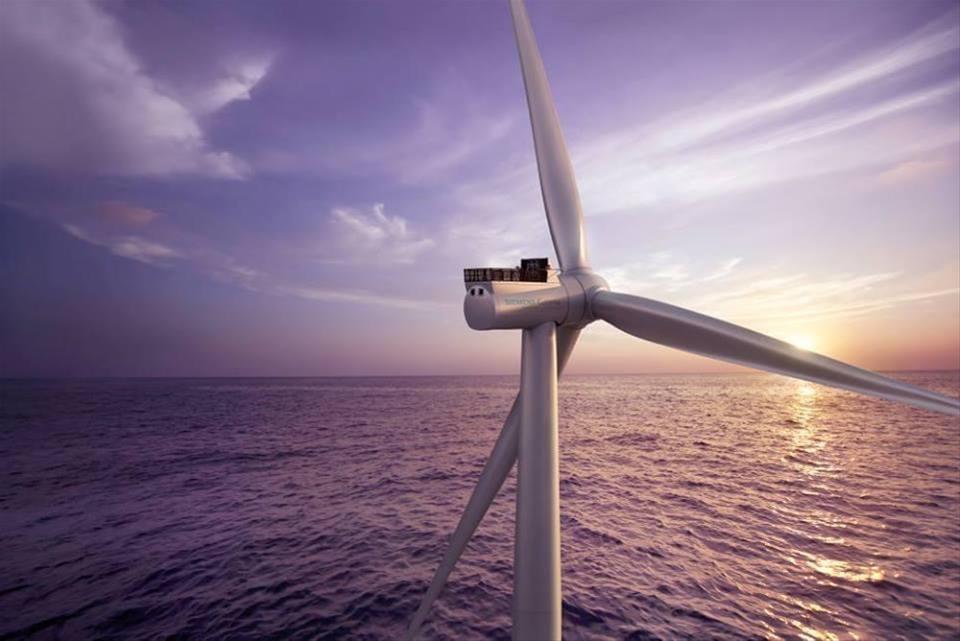
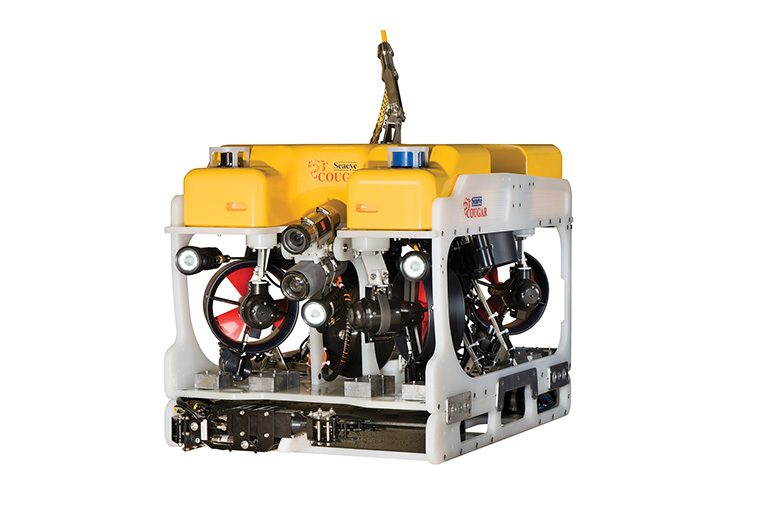
configuration to meet the challenging environmental conditions inherent in shallow water operations

